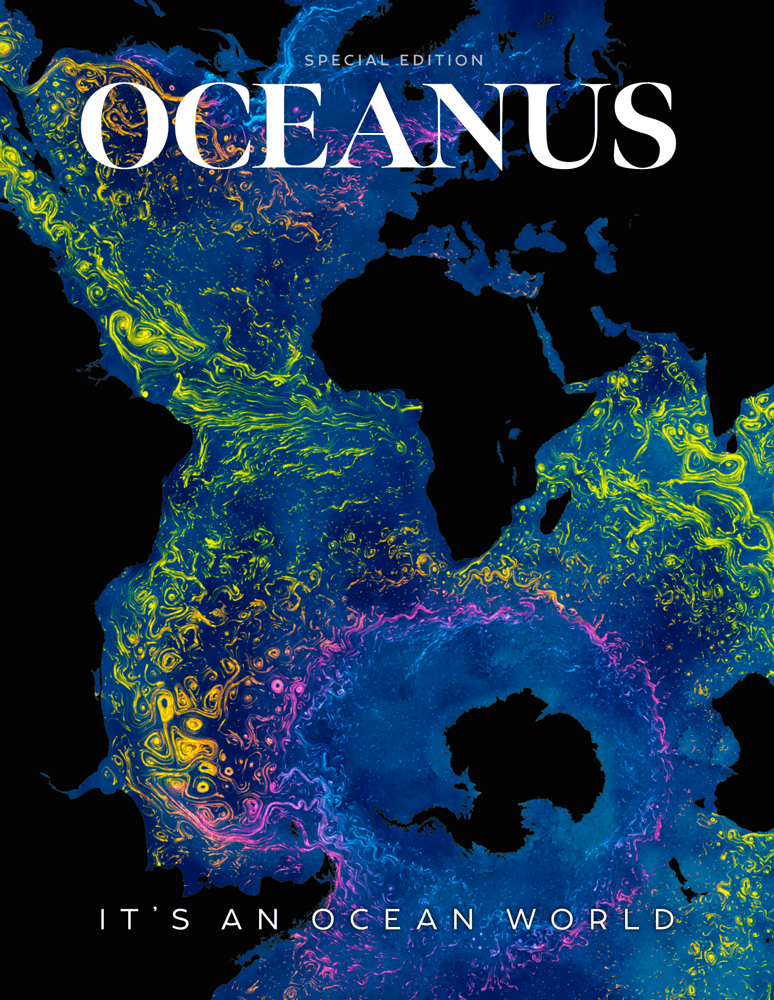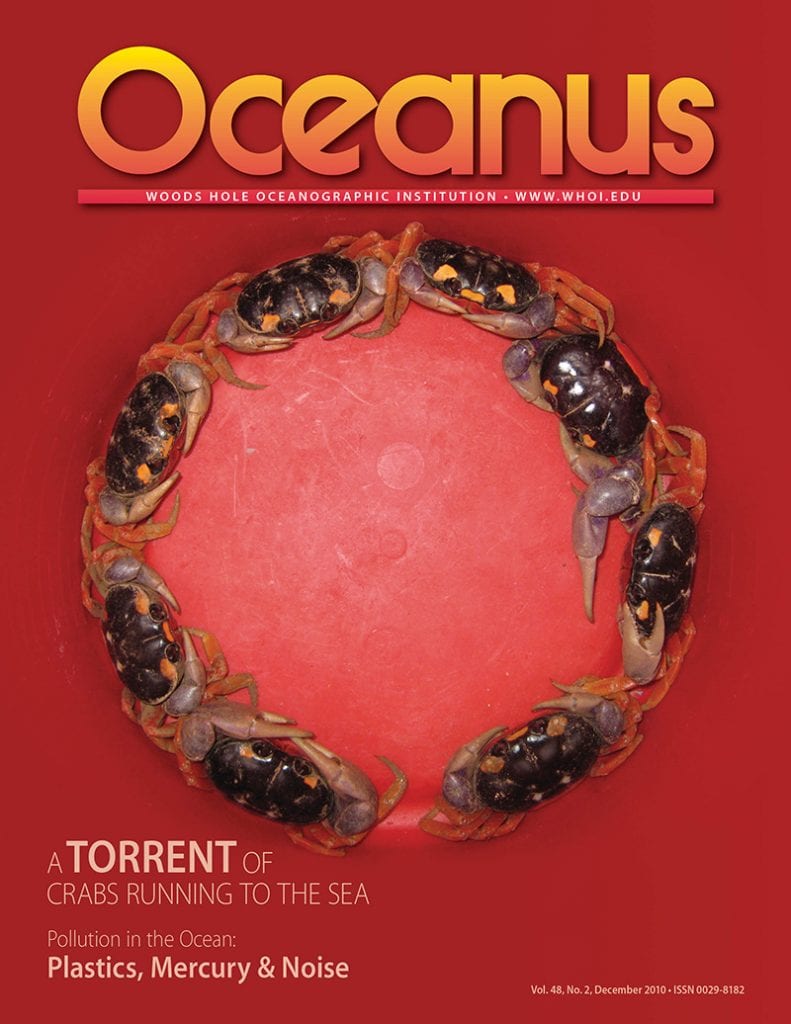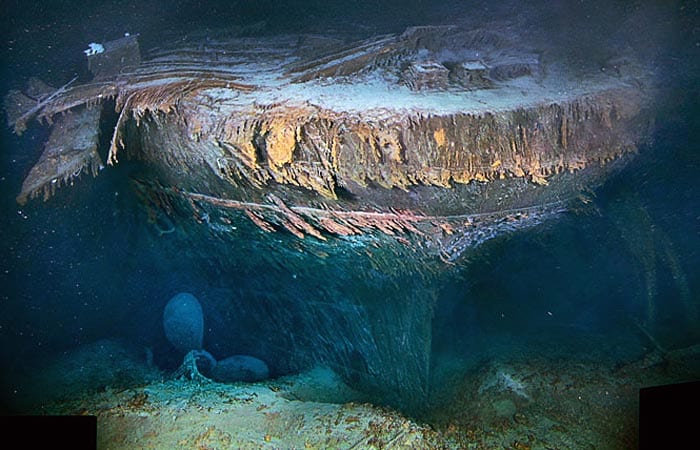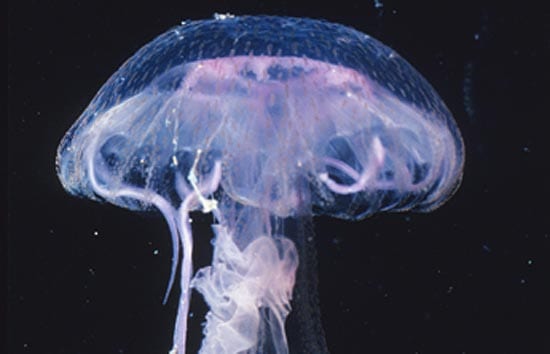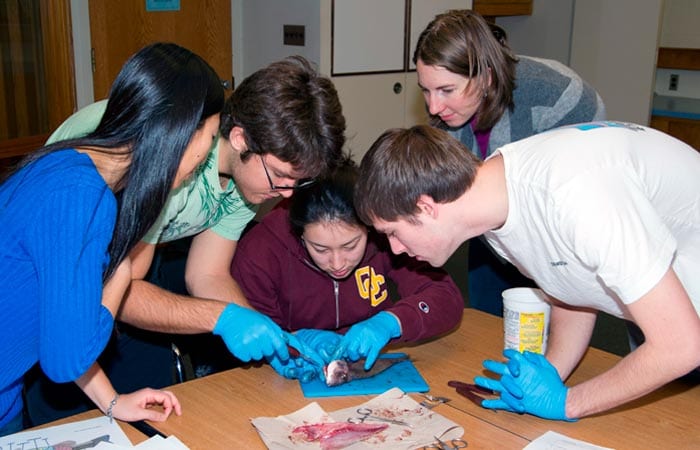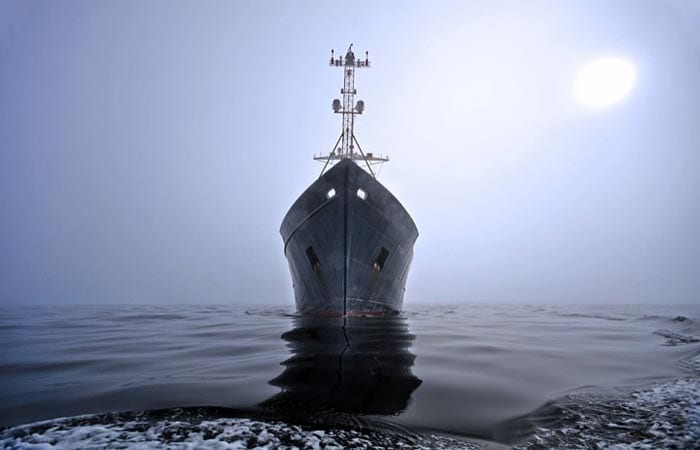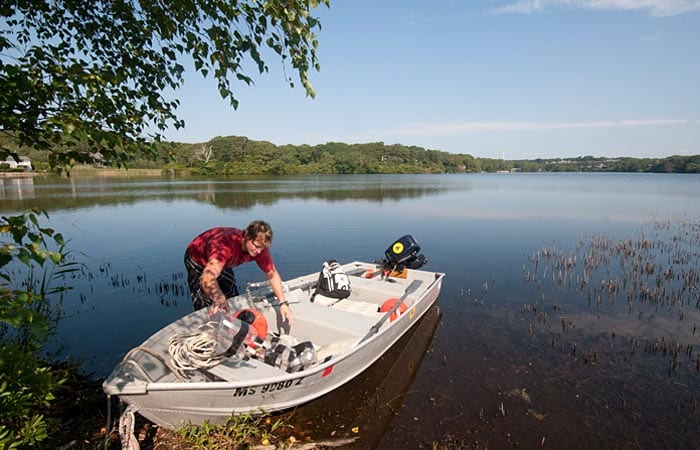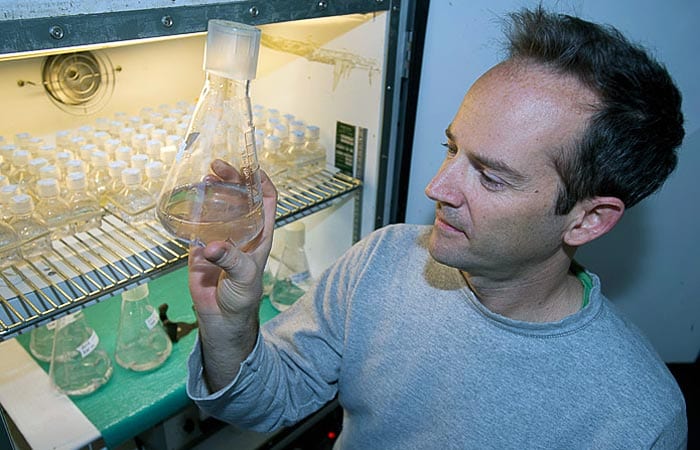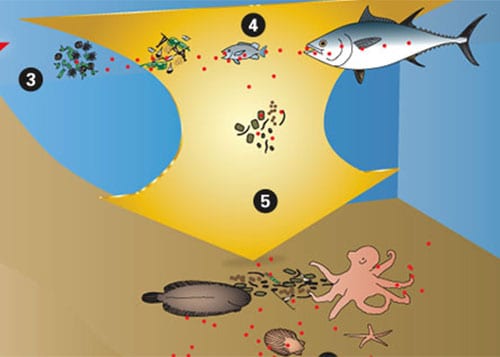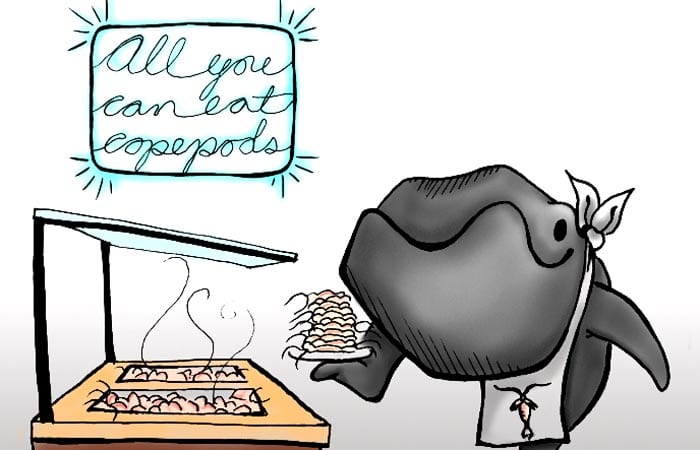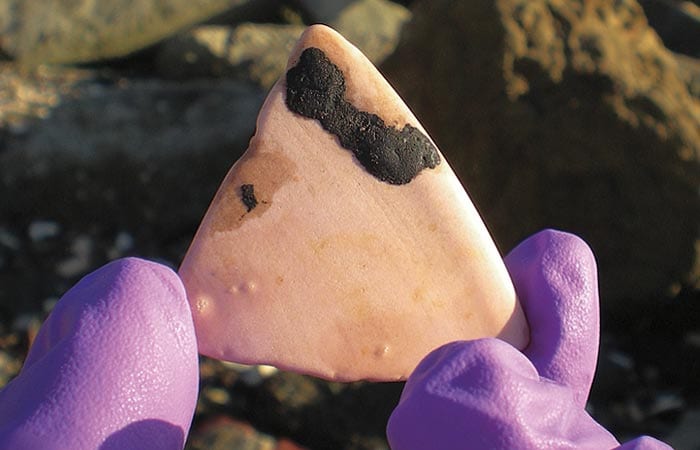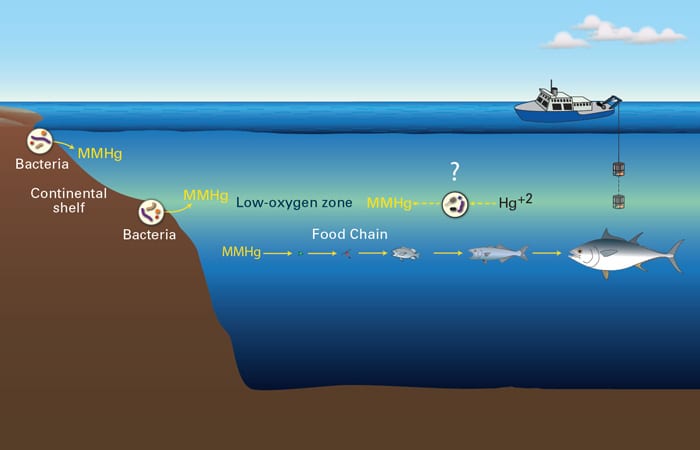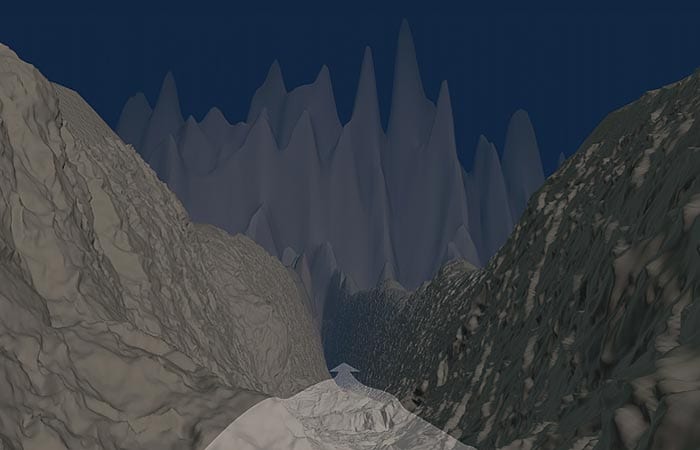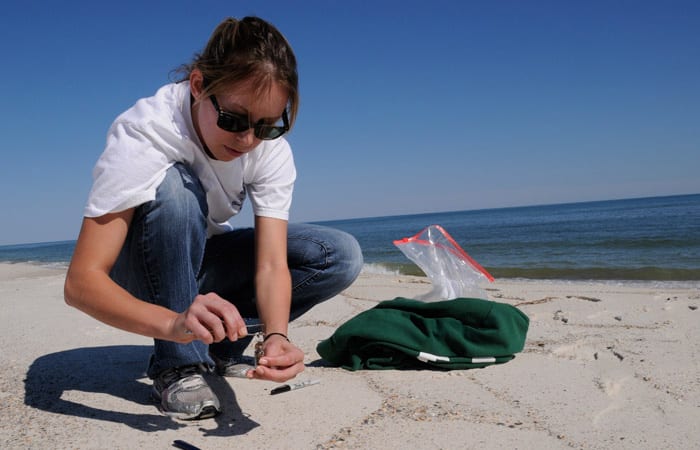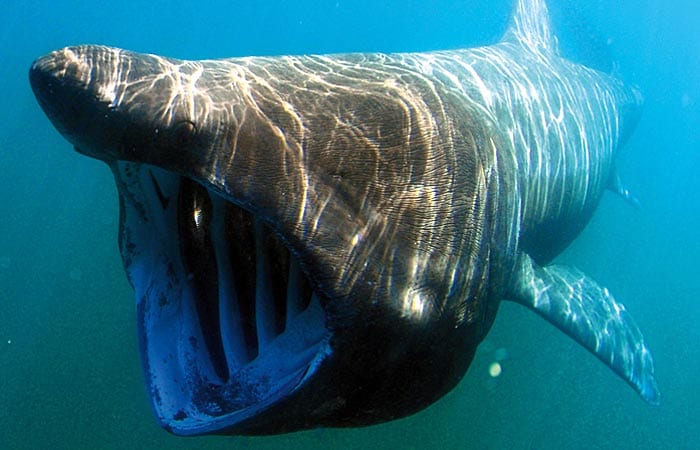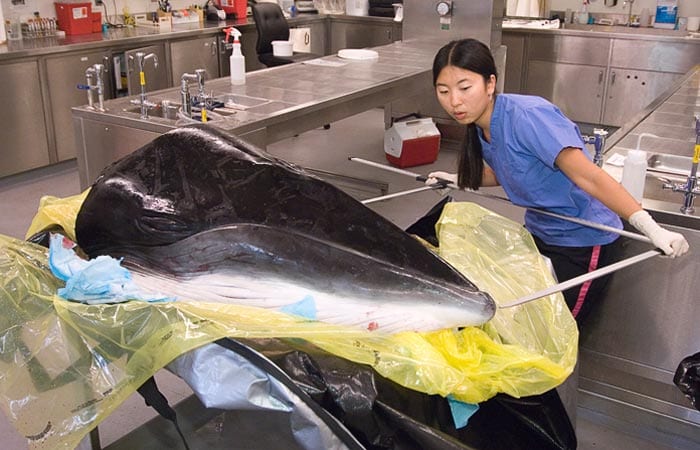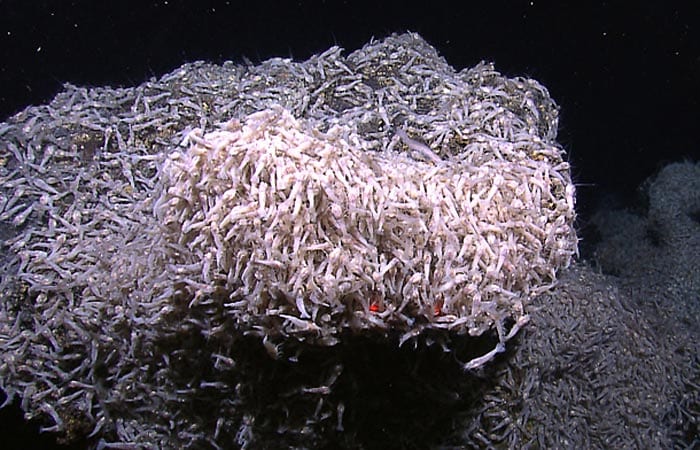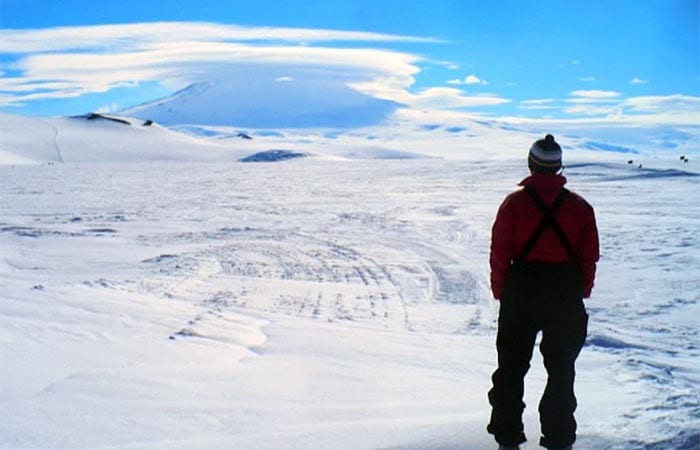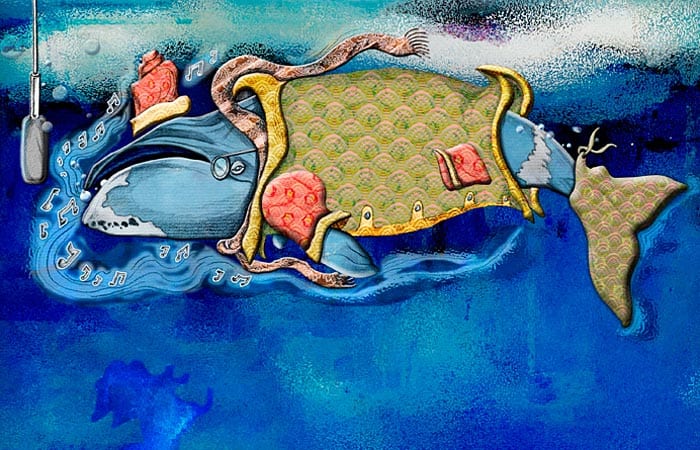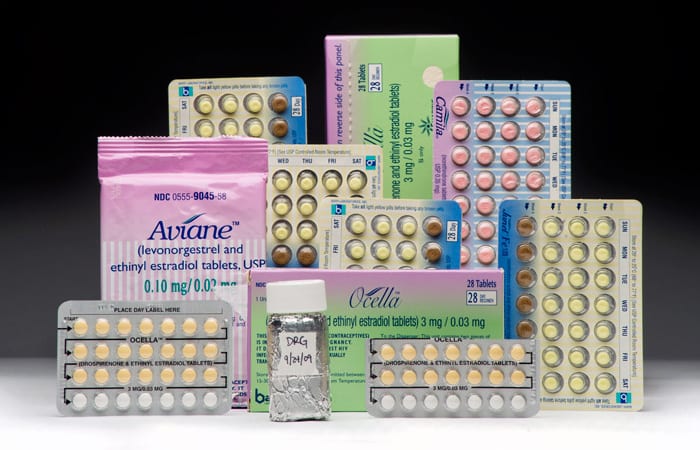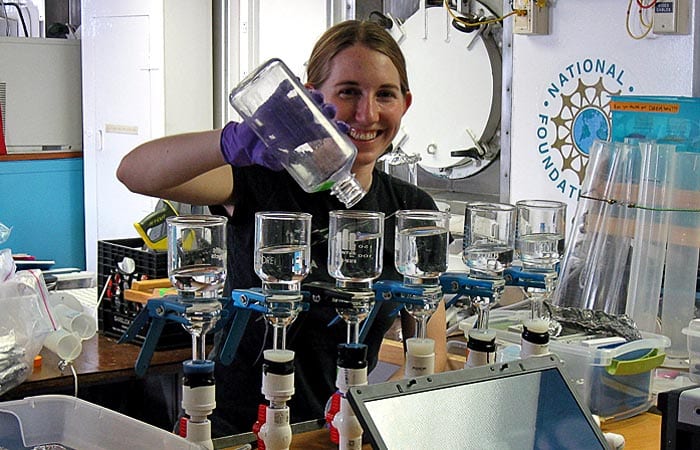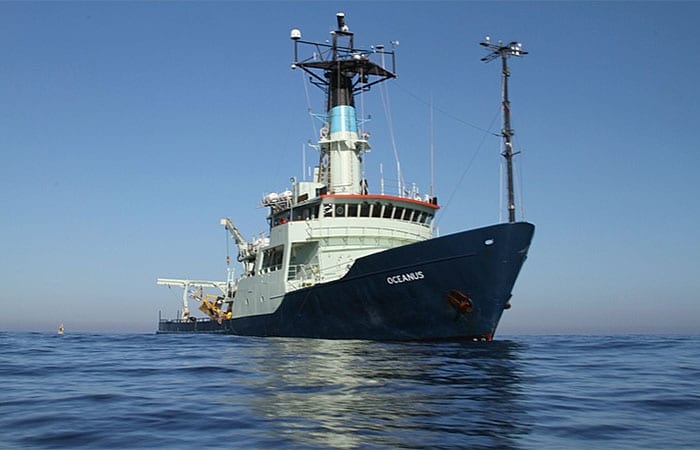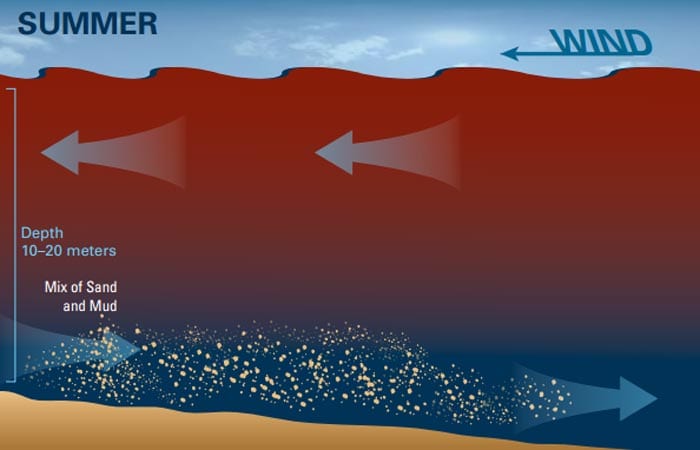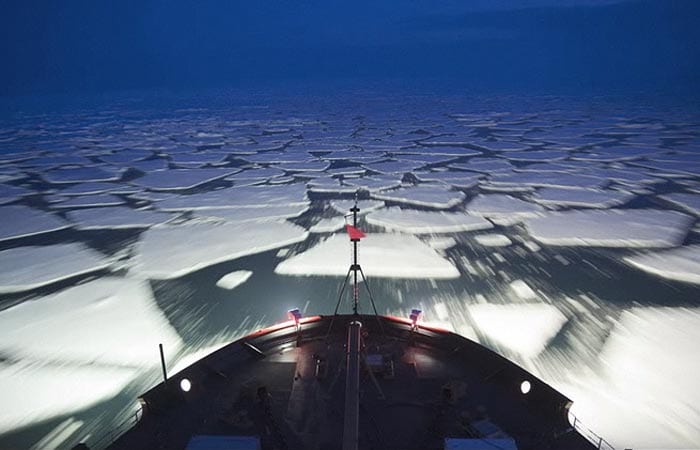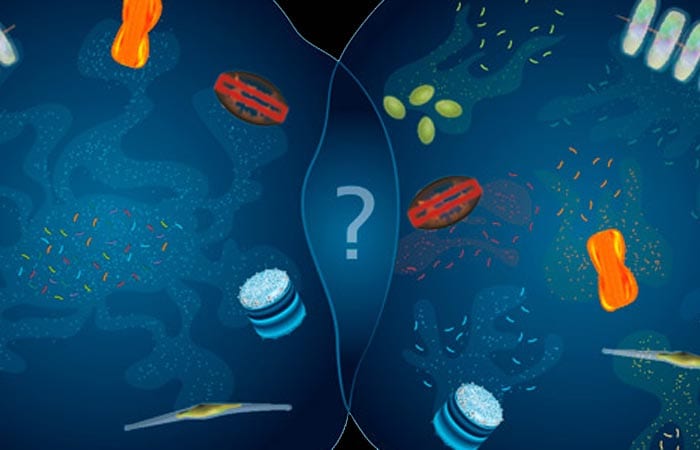Oceanus Online Archive
The Quest to Map Titanic
Bill Lange was aboard Knorr in 1985 when the Woods Hole Oceanographic Institution research vessel brought back the first grainy black-and-white images of Titanic resting on the seafloor. Ever since,…
Read MoreAre Jellyfish Populations Increasing?
Delicate but armed, mindless yet unstoppable, jellyfish sometimes appear abruptly near coasts in staggering numbers that cause problems and generate headlines: Jellyfish fill fishing nets in Japan, sinking a boat.…
Read MoreA Taste of Oceanography
After Genevieve Brett, an undergraduate physics major at Skidmore College, presented her mathematical analysis of coastal water temperature to WHOI scientists and graduate students, someone asked, did three weeks at…
Read MoreA Newfound Cog in the Ocean Conveyor
A decade into the 21st century, scientists have confirmed the existence of a new and apparently crucial ocean current on the face of the Earth. International teams led by Woods…
Read MoreTo Catch a Hurricane
On Aug. 25, 2011, the line projecting Hurricane Irene’s path up the East Coast barreled smack into Woods Hole, Mass., spurring a whirlwind in Jeff Donnelly’s lab at Woods Hole…
Read MoreLessons from the 2011 Japan Quake
When the ground in Japan started shaking on March 11, 2011, the Japanese, who are well accustomed to earthquakes, knew this time was different. They weren’t surprised—the fault that ruptured…
Read MoreMarine Microbes vs. Cystic Fibrosis
Microbes that grow in the ocean could one day help doctors combat the deadly disease cystic fibrosis (CF), said Tracy Mincer, a microbiologist at Woods Hole Oceanographic Institution. Mincer studies…
Read MoreThe Great South Channel
When people are hungry, they go to a place where they know they can find their favorite food. Right whales do much the same thing. In the Great South Channel,…
Read MoreTracking Toxic Chemicals in Oil Spills
I don’t do San Francisco like most people. I skip the cable cars, Lombard Street, Alcatraz, and the fine restaurants and museums. Soon after my flight arrives, I drive my…
Read MoreOn the Trail of Mercury in the Ocean
I returned from Hawai’i in mid-December with 700 bottles of seawater. The bottles hold what I hope are solutions to an abiding mystery. In the middle of the ocean, waters…
Read MorePowerful Currents in Deep-Sea Gorges
On my first major research cruise, the ship was hit by a hurricane. On the second, the weather was even worse. In one particularly nasty storm, I remember standing braced…
Read MoreScientists Solve a Deepwater Horizon Mystery
Right after the Deepwater Horizon oil rig exploded April 20, 2010, marine scientist Monty Graham from the Dauphin Island Sea Lab in Alabama began exploring Gulf of Mexico waters to…
Read MoreClues in Shark Vertebrae Reveal Where They’ve Been
It’s 1963. The escalating arms race and the horrific power of nuclear bombs cause world leaders to sign the Limited Test Ban Treaty, prohibiting weapons testing in the atmosphere and…
Read MoreWhale Heads and Tales
It’s a Saturday morning at Herring Cove Beach in Provincetown, Mass., the farthest point on the Cape. I am sleepy, hungry, and slightly dehydrated, but we are on a schedule…
Read MoreSearching for Life on the Seafloor
Smaller than a fingernail, like bits of downy red feathers, baby tubeworms cling to a vertical wall towering alongside the submersible Alvin 2,500 meters beneath the sea in 2006. Repaved…
Read MoreThe Latest Fashion in Bowhead Whale Songs
Whales, it turns out, are dedicated followers of fashion. There’s a style to the song they sing to attract mates, and that style shifts. To keep up with their very…
Read MoreTracking an Elusive Chemical: Estrogens
On a crisp October morning, our small boat bobbed gently 10 miles offshore. The sun glinted off the dark blue surface of Massachusetts Bay and directly below us, all of…
Read MoreThe Ocean’s Tiny Chemists
Once as I was flying cross-country over the middle of the United States, the woman in the seat next to me remarked: “You know, in Nebraska when there’s a game…
Read MoreBetween the Beach and the Deep Blue Sea
Capt. Ken Houtler laughed when I remarked that I didn’t know the sun rose this early as I boarded his ship last summer. Now climbing aboard again in January, I…
Read MoreA Drop in the Ocean is Teeming with Life
“The universe is made of stories …“ —Muriel Rukeyser There are countless stories in every drop of seawater. But with a cast of millions and more plotlines than a daytime…
Read More